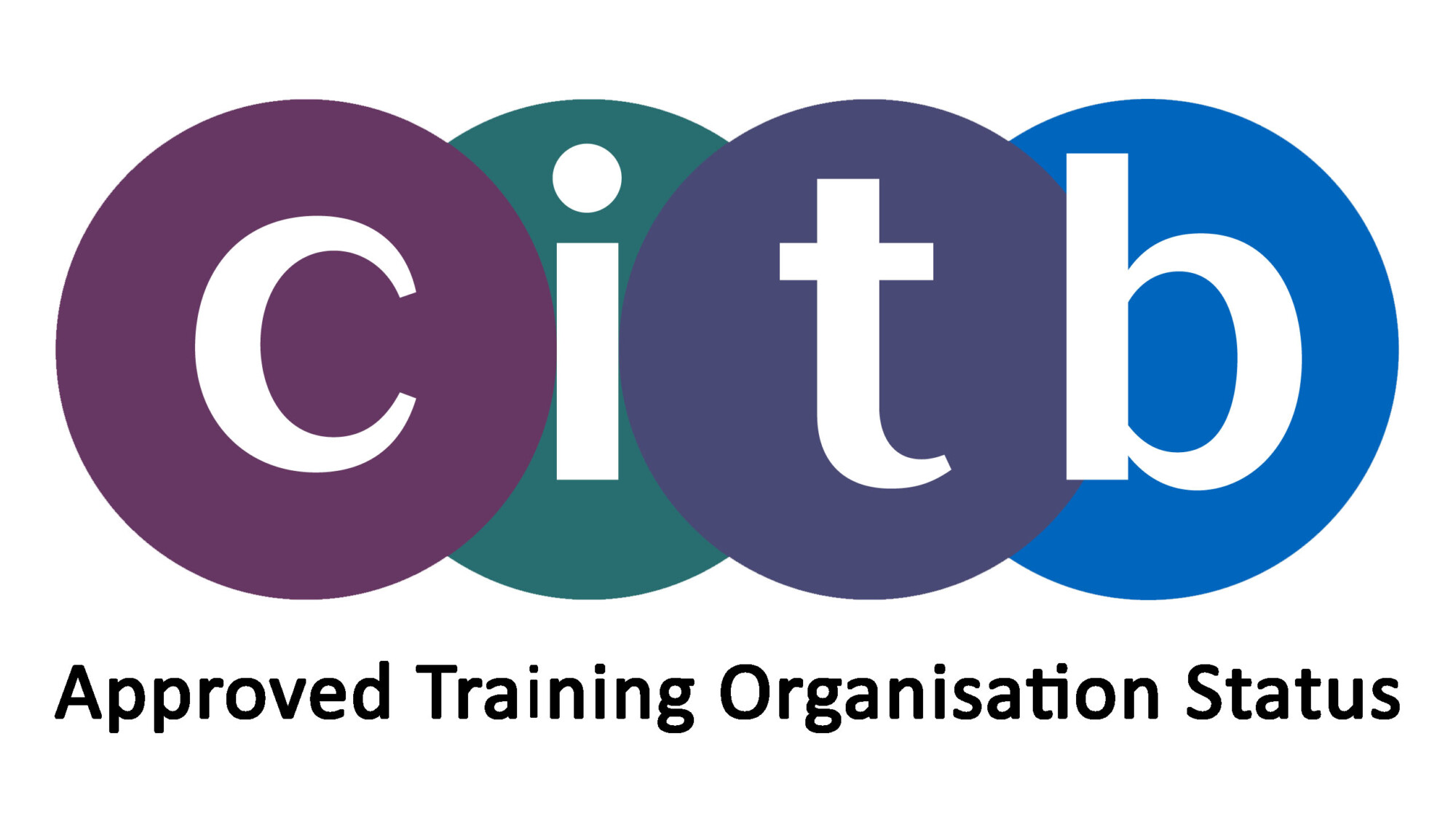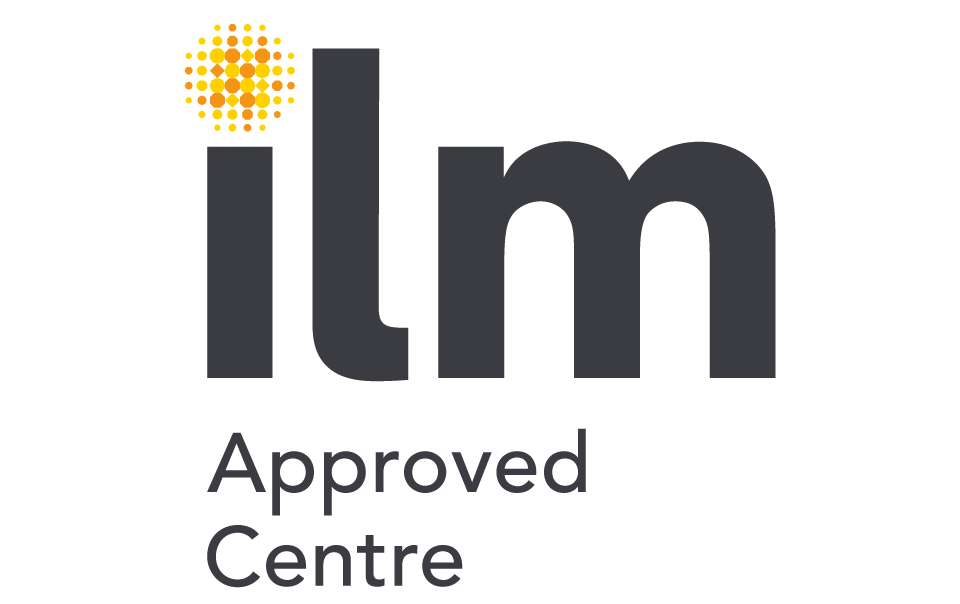Virtual vs Face-to-Face Leadership Training: What’s Right for Your Team?
When your schedule is already packed and deadlines are looming, finding time to shoehorn in leadership training can be a challenge.
It may be tempting to defer the training, but this is not the answer. Your team deserves your investment in their skills development. There are long-term benefits.
Instead, you’ll need to plan an appropriate time and format for the training to deliver maximum impact with minimum disruption.
The two main formats for leadership training are virtual and face to face. But which is best for your business?
Virtual leadership training
Virtual training happens online, using a mix of video conferencing, e-learning and webinars to give delegates necessary knowledge to strengthen their skills and further their careers.
Training of the virtual kind is popular with remote teams who may lack sufficient space to bring all their team together to undertake training.
It’s also popular with Gen Z. This cohort has spent most of their life learning online!
Leaders often praise virtual training because it’s flexible and accessible – delegates can attend from their usual workplace without needing special access arrangements.
For this reason, you may also consider it the cost-effective option: no increase in costs for travel, location renting, catering or overtime.
There are a few drawbacks for some people.
Virtual training can be challenging for delegates who find it hard to focus when they’re in their usual workspace and pinged constantly about other tasks that they must complete.
So let’s look how face-to-face leadership training compares.
Face-to-face leadership training
Face-to-face is the traditional method of delivering leadership training. It gathers all delegates in one place in person.
This format is often popular for increasing delegate familiarity with each other. They can strengthen team bonds and build camaraderie.
If you team works remotely – or even just lives at a distance from each other – they spend little time together.
So in-person training can be a plus for your business. It offers a valuable opportunity for staff to get to know each other in a less formal environment.
But there’s more.
In-person training is typically a more immersive leadership training experience for delegates.
Many enjoy the opportunity to give and receive feedback in real time, and interact with each other in small groups. If there’s drama-based learning or role-playing, they can also put their theoretical learning into practice at the training and then embed it in their daily work.
Some delegates, however, may be overwhelmed by in-person training and prefer the anonymity of interacting in a virtual environment.
You know your leaders best. But those are some considerations to take into account when deciding what’s best for them and what your aims are for leadership training.
So let’s now look at possible aims. Ones we consider important at Keystone!
The aim of leadership training
Whether conducted virtually or face to face, all leadership training packages aim to:
- Improve delegates’ communication and interpersonal skills
- Offer them a safe space in which to ask questions, obtain feedback and hone their skills
Irrespective of the delivery format, the training should always support your organisation’s learning goals. And delegates should leave feeling empowered, confident and well-prepared to put their learning into practice.
If you’re unsure as to the most appropriate format of training for your teams, do contact us to discuss your unique needs, preferences and barriers. We always partner with you to provide bespoke training, not off-the shelf training!
If both face-to-face training and virtual leadership training appeal to you, we can guide you to find a blend of both methods that works for you.
This means you’ll achieve your organisational goals while also respecting operational deadlines. A blend can have the advantage of allowing your team sufficient time to assimilate and practice their learning in digestible chunks.
Choosing which kind of leadership training will work for you needn’t be a challenge. Let’s talk!
Esther Patrick is a Client Accounts Director at Keystone and a member of the Senior Leadership Team. An experienced consultant and management author, she has nearly 20 years’ experience leading client partnerships across sectors from construction to healthcare and designing leadership, culture, and team development programmes aligned with their strategic goals and values. Esther is passionate about creative, human-centred learning.



